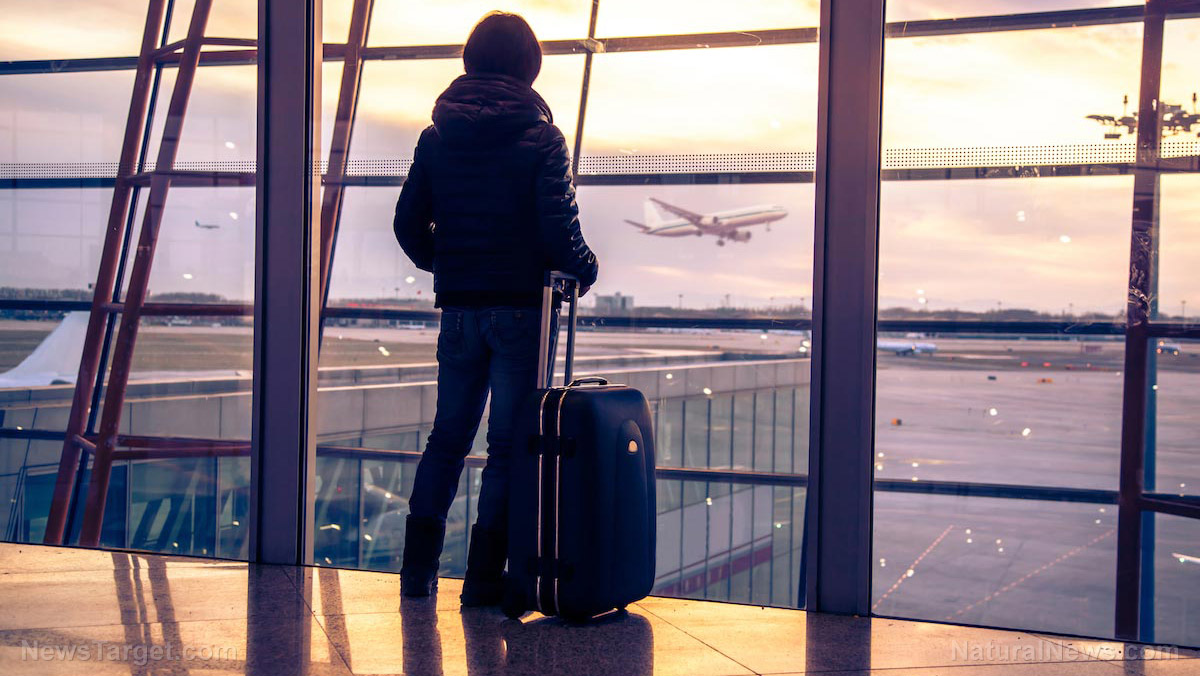
“Global network mobility models, combined with local epidemiology models, can provide valuable insight into different exit strategies. Our results demonstrate that mathematical [modeling] can provide guidelines for political decision making with the ultimate goal to gradually return to normal while keeping the rate of new COVID-19 infections steady and manageable,” said lead author Kevin Linka.
The researchers used a mobility model, which followed passenger air travel, and an epidemiological model that tracked susceptible, exposed, infectious and recovered cases to understand how the outbreak traveled across Europe, as well as the effectiveness of measures to control it. In particular, the team looked at the impact of air travel limitations during the early stages of the pandemic.
“Our simulations show that mobility networks of air travel can predict the emerging global diffusion pattern of a pandemic at the early stages of the outbreak … the emerging pattern of the COVID-19 outbreak closely [follows] global mobility patterns of air passenger travel,” they wrote in their report.
In addition, their model also predicted the outcomes of lifting the restrictions too early. For instance, had the European Union relaxed its international travel ban on April 5 (the time the report was written), around 0.2 percent of populations in countries hardest-hit by the coronavirus could be infected by April 20.
This meant that Spain, which currently has 219,329 confirmed cases – the highest in Europe – could see its caseload rise to over 900,000. Meanwhile, Italy, which has 213,013 COVID-19 cases, would have had more than 1.2 million in cases in the same period.
While the team was quick to point out that the figures can change daily, they noted that the outcomes predicted by the new model could help countries as they start rolling out plans to emerge from the coronavirus lockdown. The researchers even noted that data can be adjusted to simulate what happens when travel restrictions are lifted between countries, states and even individual communities.
“There is a well-reasoned fear that easing of current (travel restriction) measures, even slightly, could trigger a new outbreak and accelerate the spread to an unmanageable degree,” added corresponding author Ellen Kuhl.
Hits and misses in Europe's coronavirus response
The study also looked at the response of each country against the coronavirus, in terms of how the spread was contained following the implementation of travel restrictions. The researchers found that from Italy, where the first COVID-19 case in Europe was recorded, the outbreak spread through international hubs like Germany, Spain and France. Less connected countries, such as Estonia, Slovakia and Slovenia, were among the last areas to be affected by the pandemic.
The team also observed a correlation between the infection rate of COVID-19 and the rate that passenger air travel was reduced. As of April 18, all four of the hardest-hit countries in Europe – Germany, France, Italy and Spain – had reduced their flights by around 90 percent.
“Strikingly, our results suggest that the emerging pattern of the COVID-19 outbreak closely followed global mobility patterns of air passenger travel,” Kahl said. “Unconstrained mobility would have significantly accelerated the spreading of COVID-19, especially in Central Europe, Spain, and France.”
The team also pointed out significant flaws in Europe's containment measures; in particular, how many countries enforced travel restrictions a week after their first confirmed case.
“As a natural consequence, unfortunately, no European country was protected from the outbreak,” said Kahl.
While air travel isn't the only factor that comes into play when it comes to outbreak dynamics, the team believes that a person's movement, as a whole, should be considered when it comes to planning for, and after, a pandemic. (Related: As more countries emerge from coronavirus lockdowns, concerns arise about second wave of infections.)
Learn more about the ongoing coronavirus pandemic at Pandemic.news.
Sources include:
Please contact us for more information.























